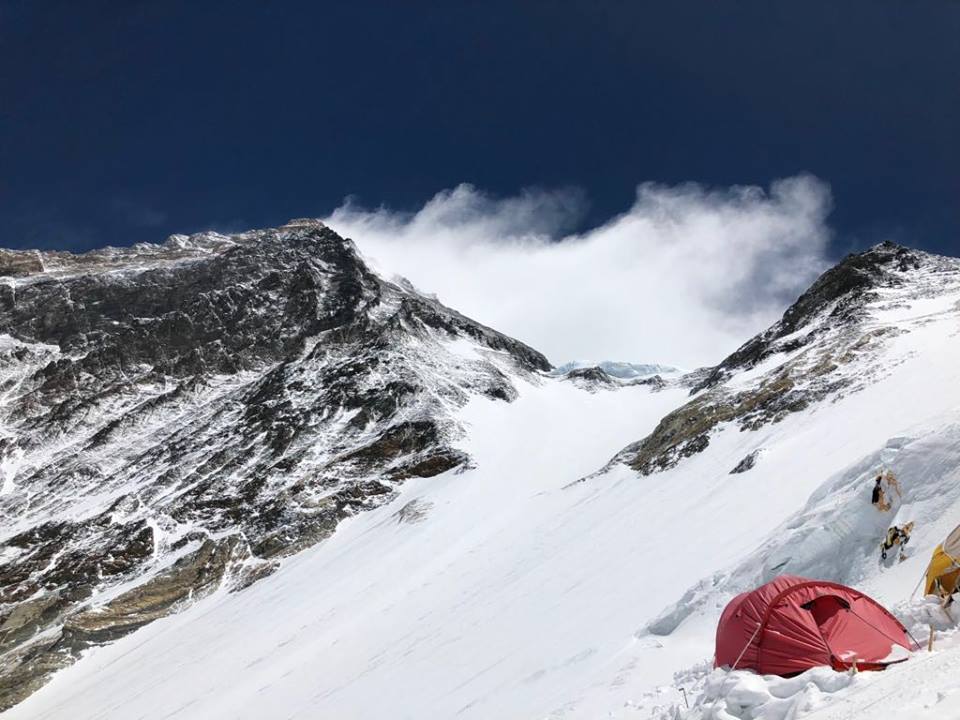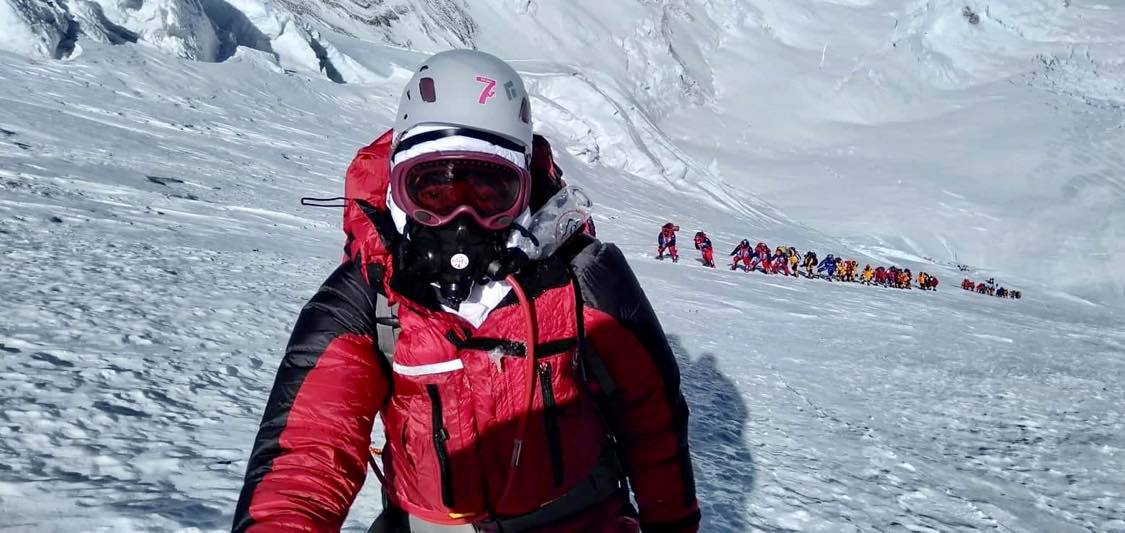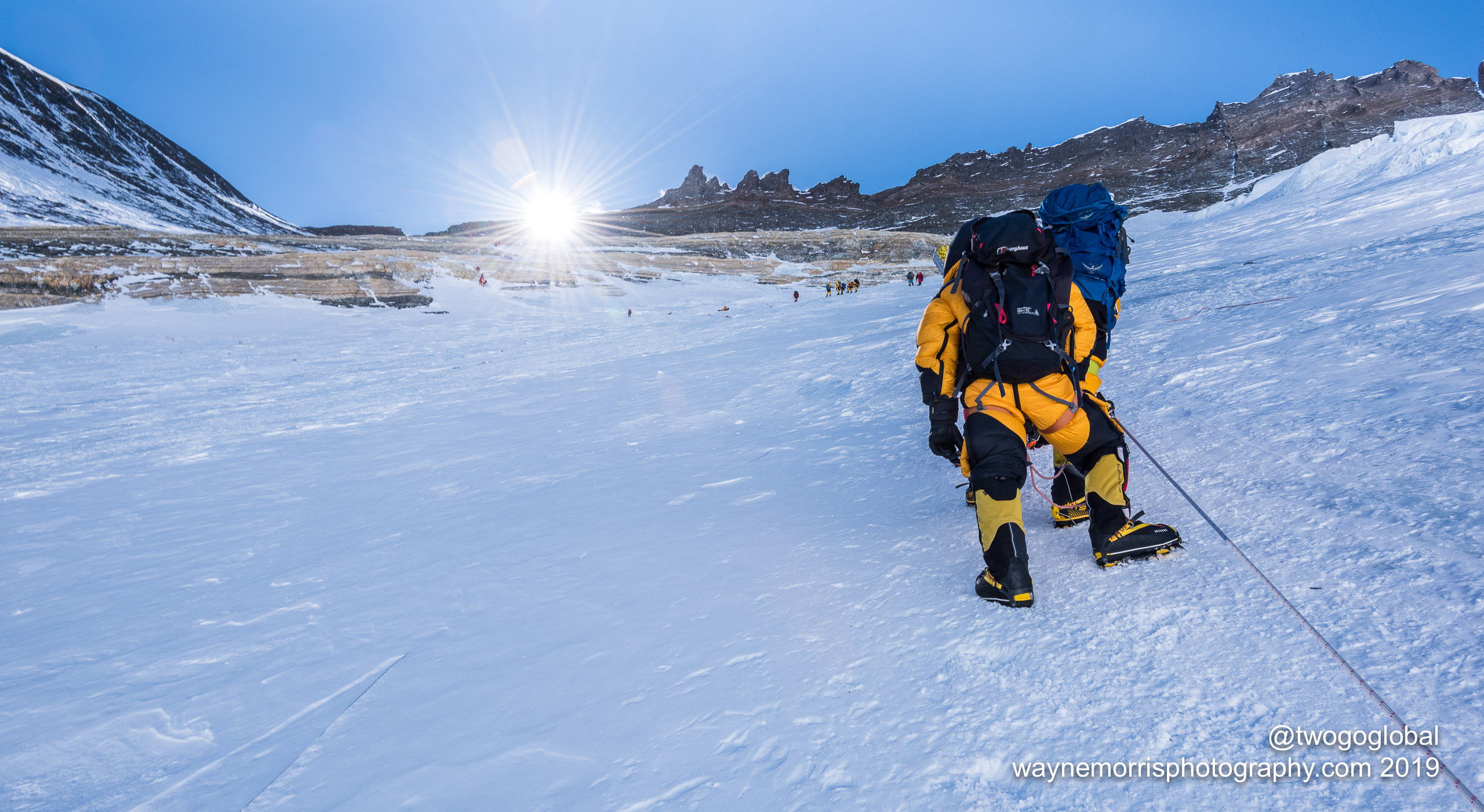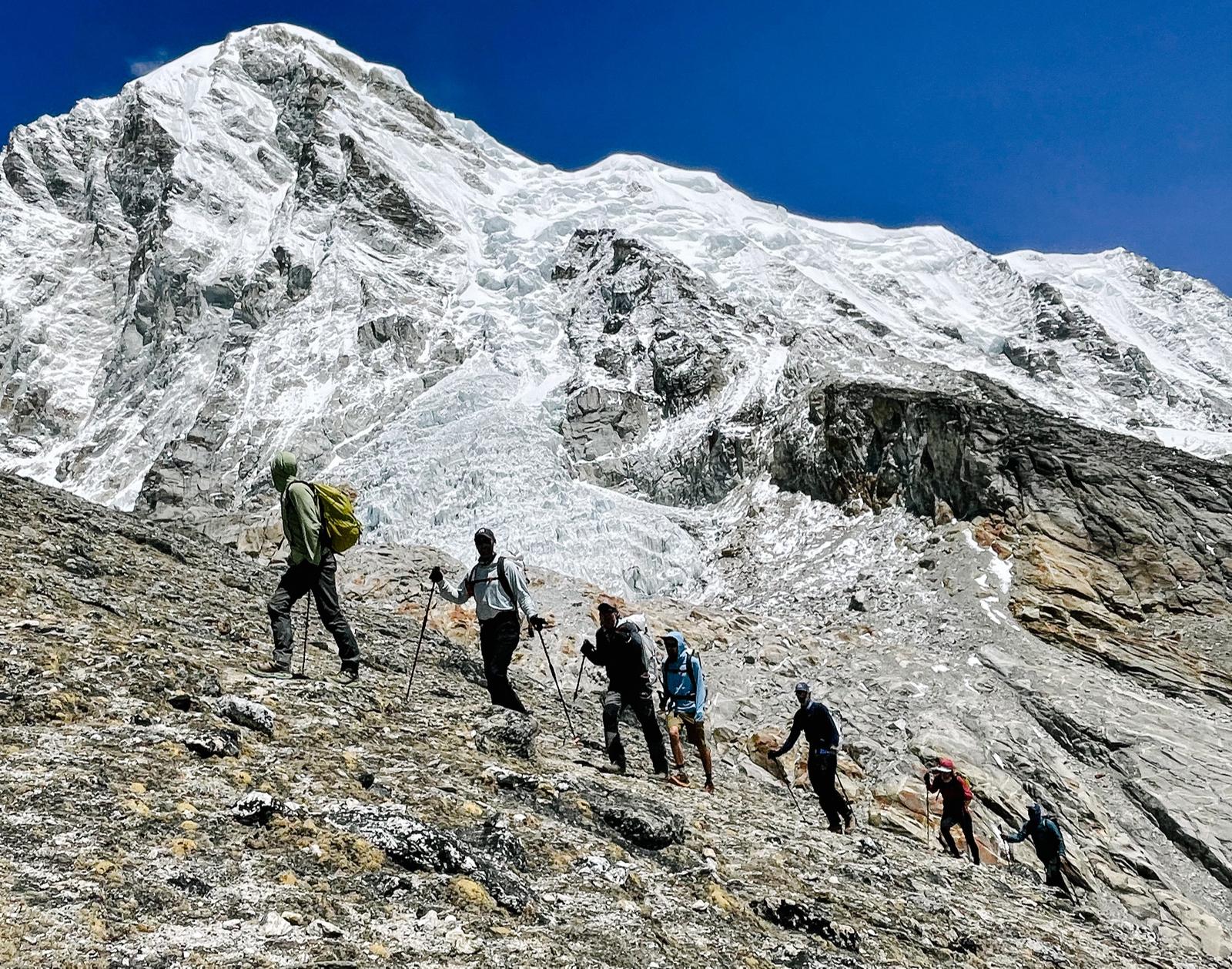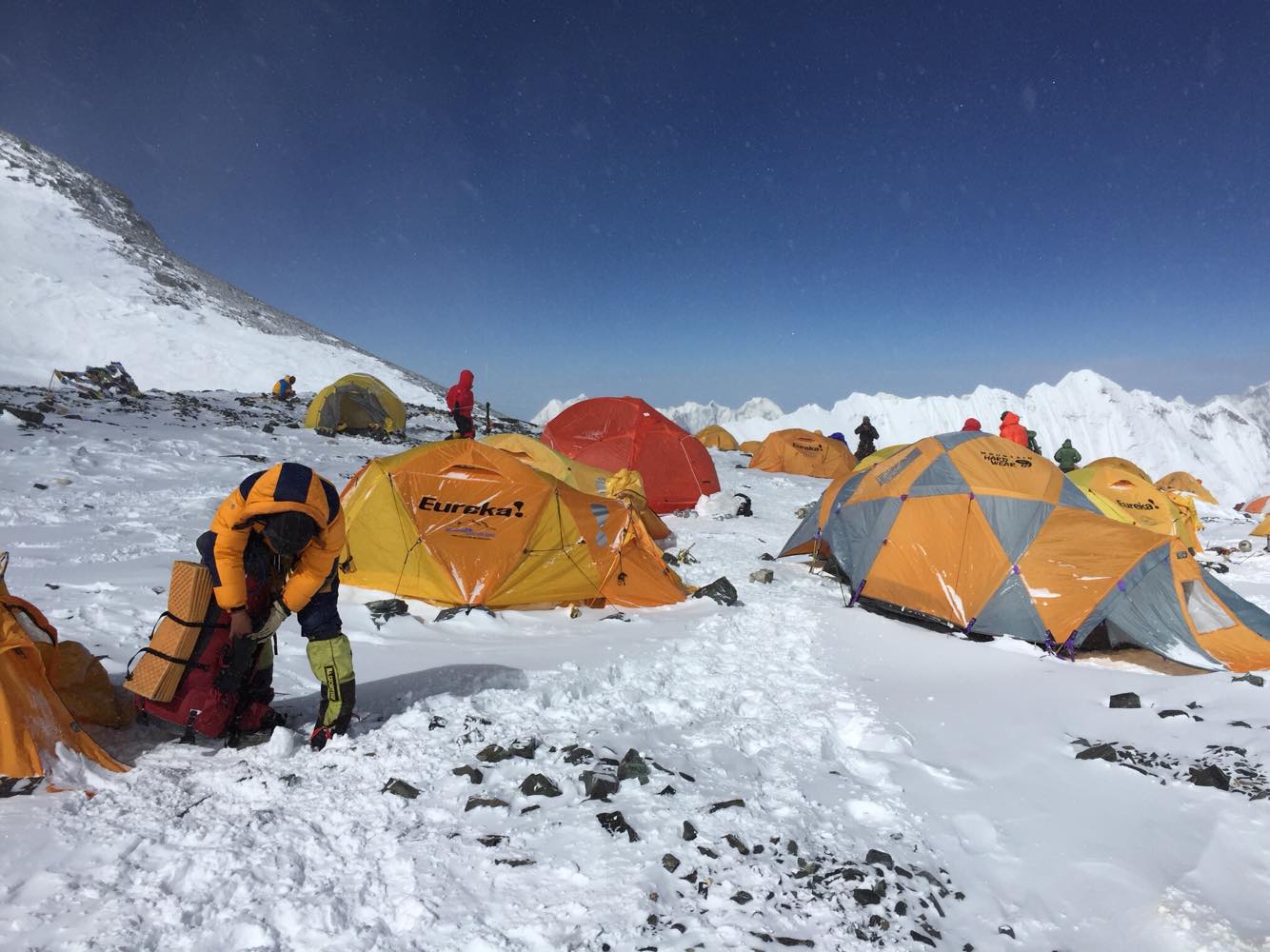...CTSS Summit Teams in Position...
The team have successfully reached the South Col & High camp on Lhotse respectively.
Somewhat windy conditions today but they are now all settled in their tents getting some rest ahead of the summit bid.
At the South Col we have:
- Akash
- Remy
- Francesco
- Both Marios - Mario (Croatia) & Mario (Ecuador)
- Clayton
- Jessica Han
- Vanessa
- Malu
- Asma
- Hemanshu
- Guides Ossy & Tomi, Tendi and our amazing Sherpa Team.
If you want to get an idea of the climbing the team will be doing and the route - check out our summit route breakdown:
https://www.youtube.com/watch?v=KMQKSvMGwGg&list=PLMz_kRmPTvqUjpcgqswdV2RbxOYWU38z6
At Lhotse High Camp with their Guides:
- Francisco
- Wolf
Everyone else safely at Base Camp awaiting the next window.
They will spend the next few hours resting on oxygen and assessing conditions before heading out on their summit bids.
It's not uncommon to not hear much news during this time and worth keeping in mind that no news is good news, it just means the climbers are keeping focused on the goal at hand, getting their heads down and climbing hard.
Good luck team!
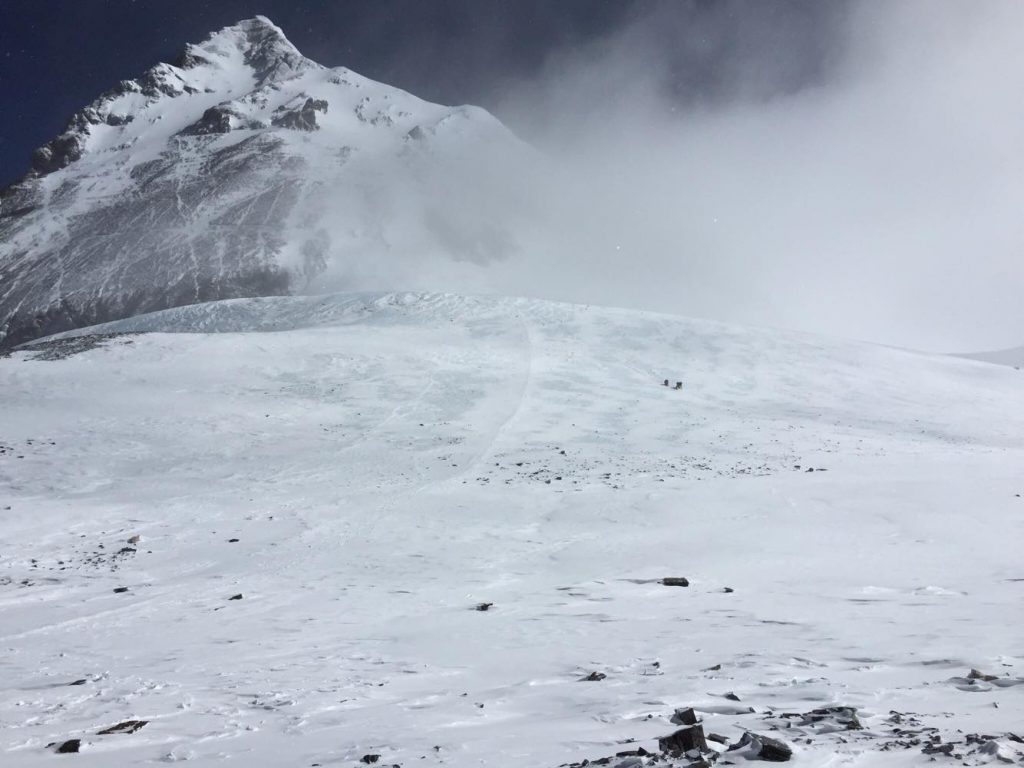
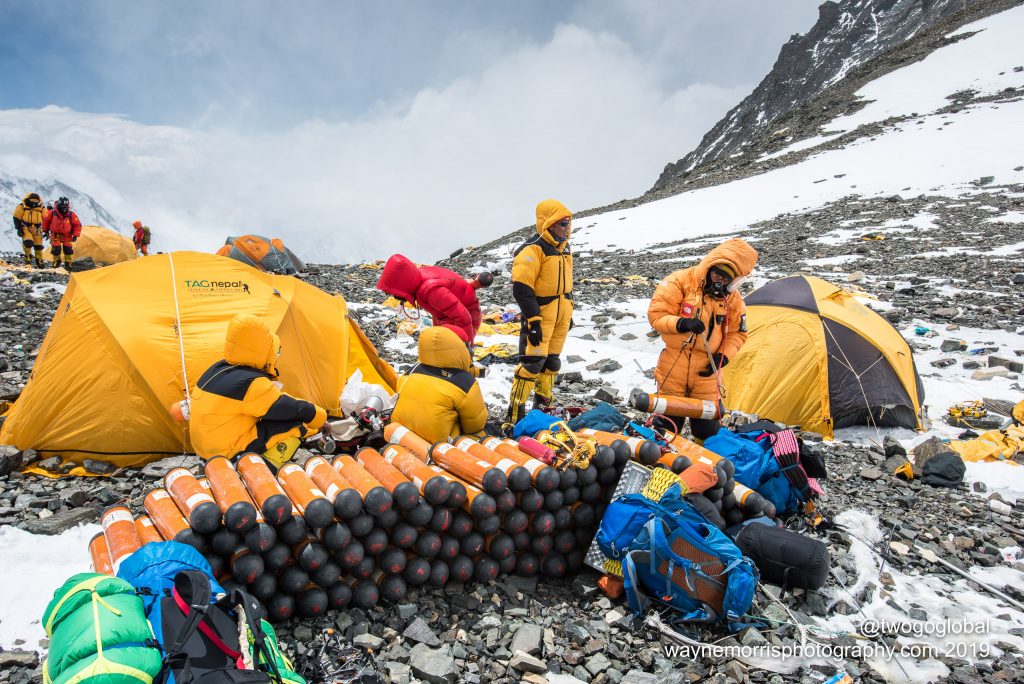
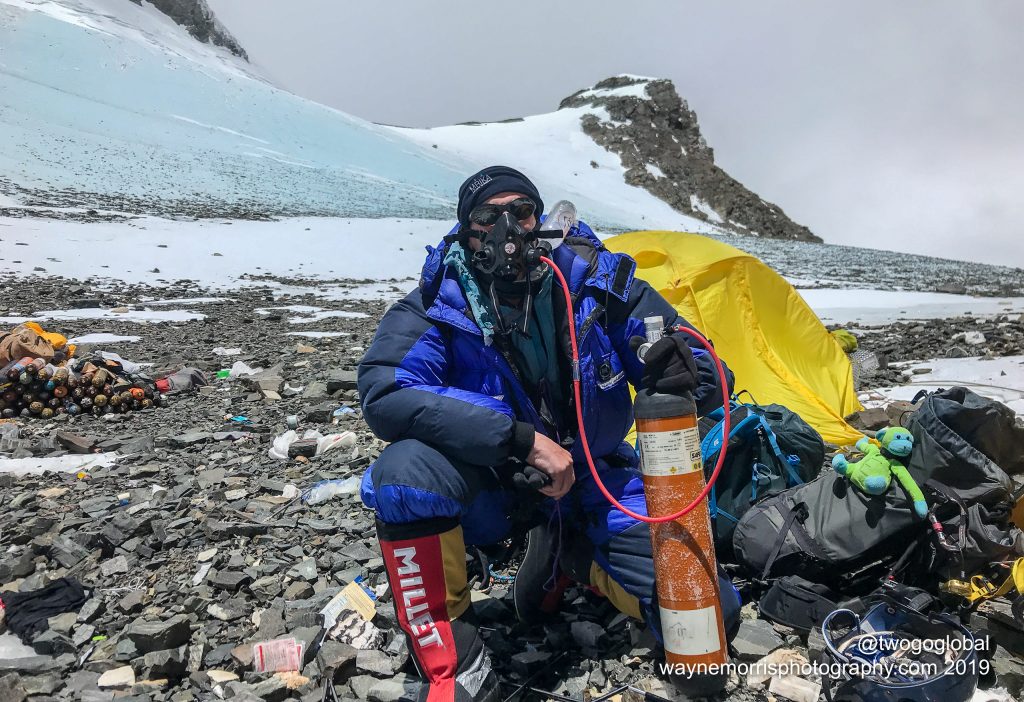
...Summit Teams at C3...
Our C2 team moved up the Lhotse face to C3 today, joining the climbers who have been at C3 for the last few nights. Climbing conditions on the Lhotse Face were excellent with new snow making for easy travel. Easy is a relative term at over 7000 meters!
Climbers at C3 now include our Lhotse team Wolfe and Francisco, Everest climbers Remy, Francesco, Mario (Croatia), Akash, Jessica H, Hemanshu, Clayton, Asma, Malu, Mario (Ecuador), and Venessa, guides Ossy and Tomi, and our amazing Sherpa team.
Moving to the South Col (camp 4) is tomorrow's goal, with this team's first summit window in just two days time.
Our Western Guided Team plus Damien and one other climber are at basecamp in preparation for our third summit wave.
Cheers,
CTSS Team
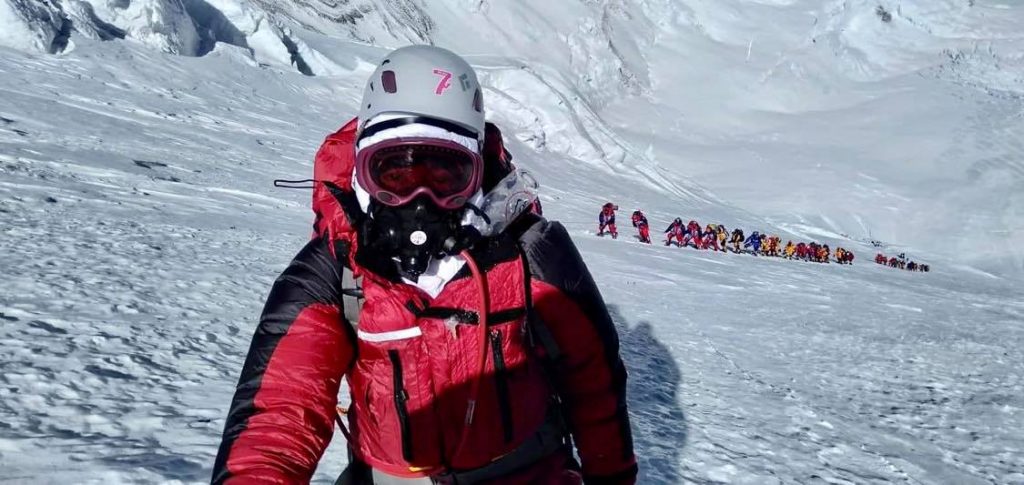
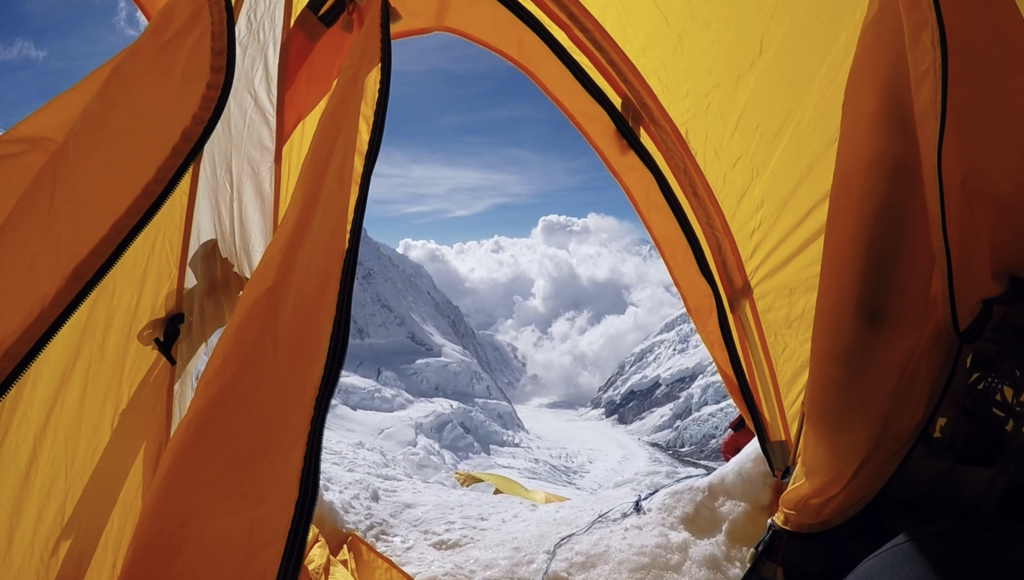
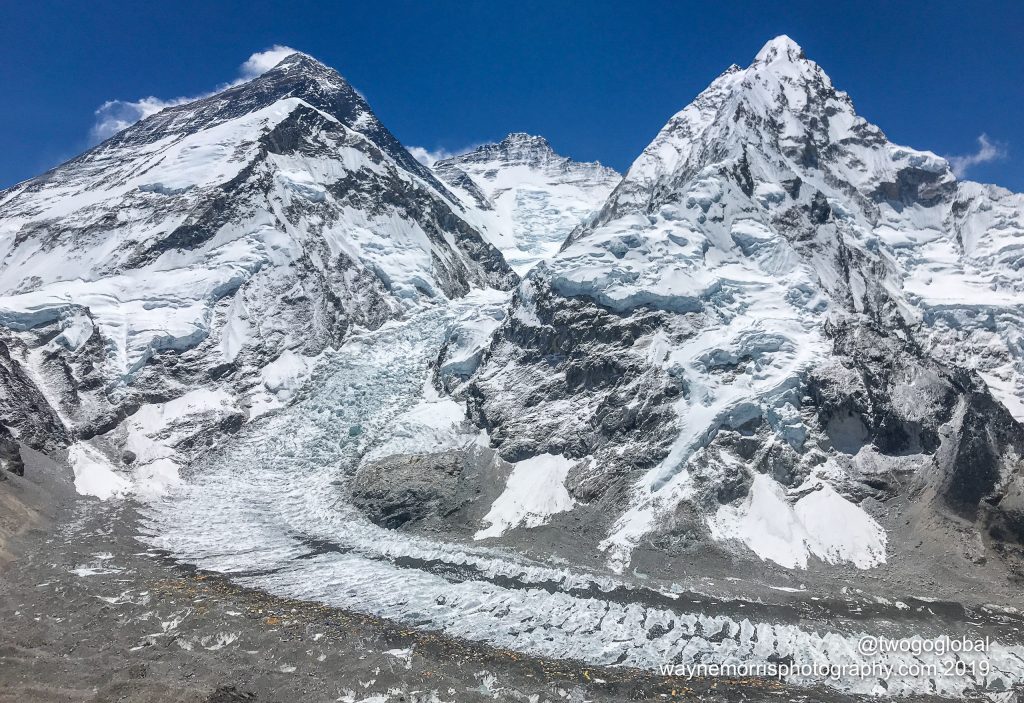
... Everest and Lhotse teams at C2, C3...
Our second round of summit climbers are staged at C2 and C3 today looking towards a summit push in the next few days. Weather has been overcast and a bit of wind, with conditions forecasted to further improve tomorrow as they move up.
At C3 is our Lhotse Team Wolfe and Francisco as well as Everest climbers Francesco and Remy with their private guides, and Mario C and Akash with guide Big Tendi.
At C2 are Everest climbers Jessica H, Jessica E. H, HP, Clayton W, Tomi, Asma, Malu, Ossy, Vanessa, Mario F, and Little Tendi.
Our Western Guided team and Damian are at Everest Basecamp getting ready for their summit bid.
Cheers,
CTSS Team

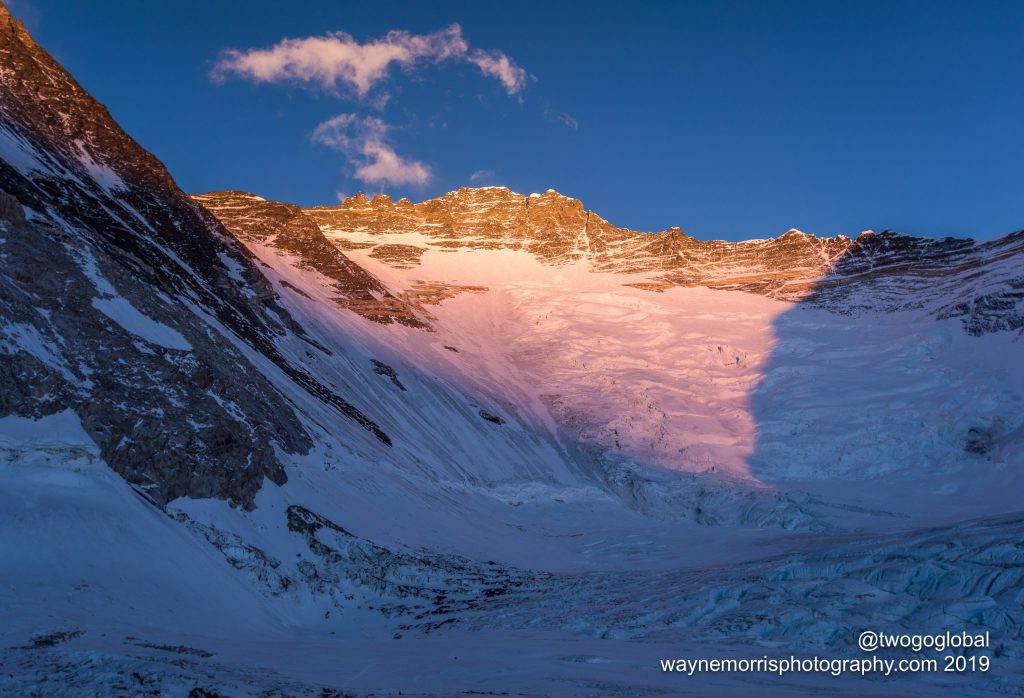
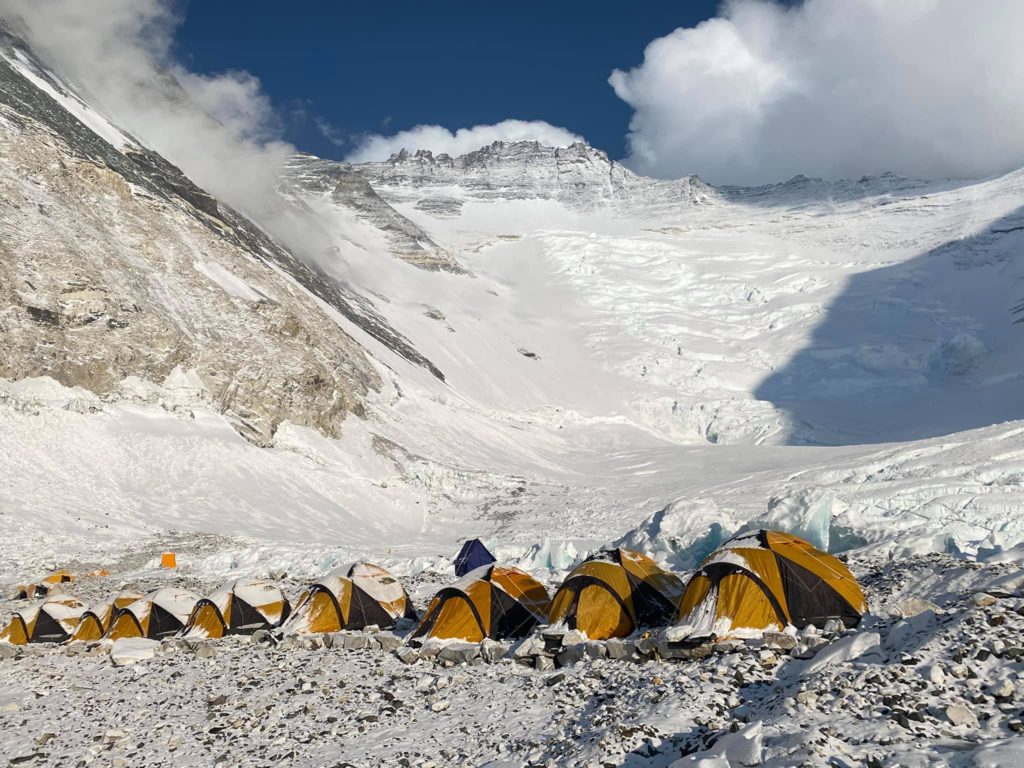
... Continuing Forward, Upward...
After waiting out bad weather at camp 2 our summit teams are on the move again.
Everest climbers Mario C, Akash N, Remy K, and Francesco with guides Big Tendi, Pasang Teni, and Ang Dawa as well as Lhotse climbers Wolf R and Francisco M with guides Anup Gurung and Saman Gurang all moved up to C3 today. They made excellent time and the weather is quite reasonable there- light wind and good visibility.
Everest climbers Jessica H, Jessica E. H, Hemanshu P, and Clayton W, Asma, Maria M, Vanessa E, and Mario F along with guides Tomas Ceppi and Oswaldo Freire are taking a rest day at Camp 2 for one more night. They will head to Camp 3 tomorrow.
Cheers,
CTSS Team
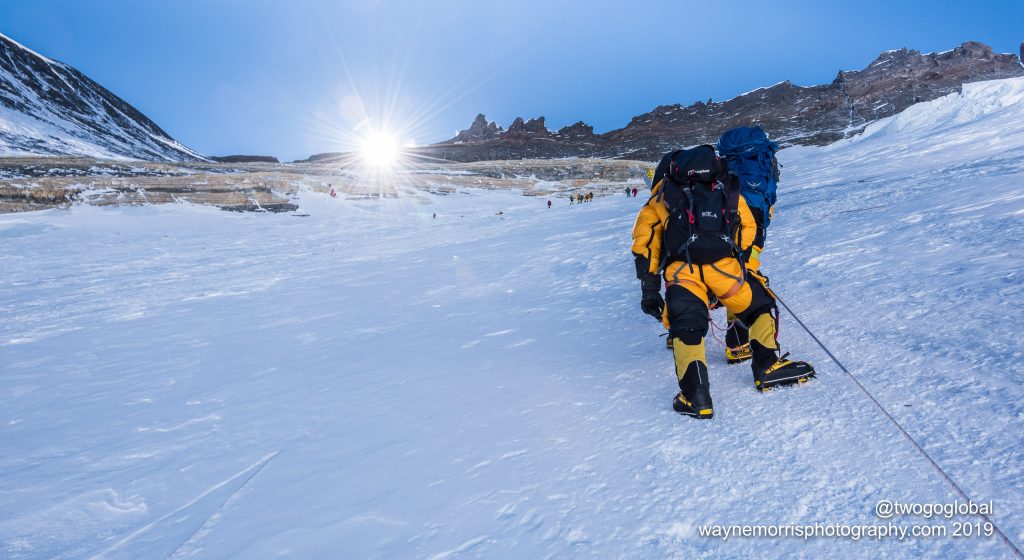
...In Tribute to Pemba Tashi Sherpa...
It is with the deepest regret and profound sorrow that we inform you of the passing of Pemba Tashi Sherpa (28) from Siluchung Gaupalika, Ward No-5, Shankhuwasabha District, on 18th of May 2021.
Pemba Tashi Sherpa fell into a crevasse between Camp 1 & 2 on Everest. Despite the best efforts of the rescue team, who were on site shortly after the incident and were able to raise him from the crevasse, he was unable to be saved.
Over the past day, CTSS have been working closely with his family, including his 2 brothers who are here on Everest with us. We were able to bring him off the mountain yesterday and he has been taken to his family by helicopter today.
He is survived by his wife Lhakpa Kippa Sherpa, his young daughters Nyima Yangi (5) Lhakpa Khandu (2) and his son, Pasang Dawa (3).
Pemba Tashi was an extremely experienced mountaineer and a valued member of our team with 4x Everest summits, including one just last week on May 12th.
Beyond the insurance in place, CTSS will also be contributing to the children's on-going education in addition to launching a special initiative through our Not-For-Profit Tiger of the Snows Fund for any members of our broader community who wish to rally further support for his family for the years to come.
If you would also like to be part of that support we invite you to do so via Tiger of the Snows Fund where 100% of the monies raised will be invested into an education fund for Pemba Tashi's children.
We would also like to recognise the great work of The Juniper Fund who have also committed to assist the family by covering living costs for the next 5 years as they move through this unimaginably difficult time.
We are profoundly saddened by the loss of this strong, vibrant, extremely competent, gregarious and much loved member of our CTSS Family.
Our condolences and hearts are with his wife, children family, friends and climbing compatriots.


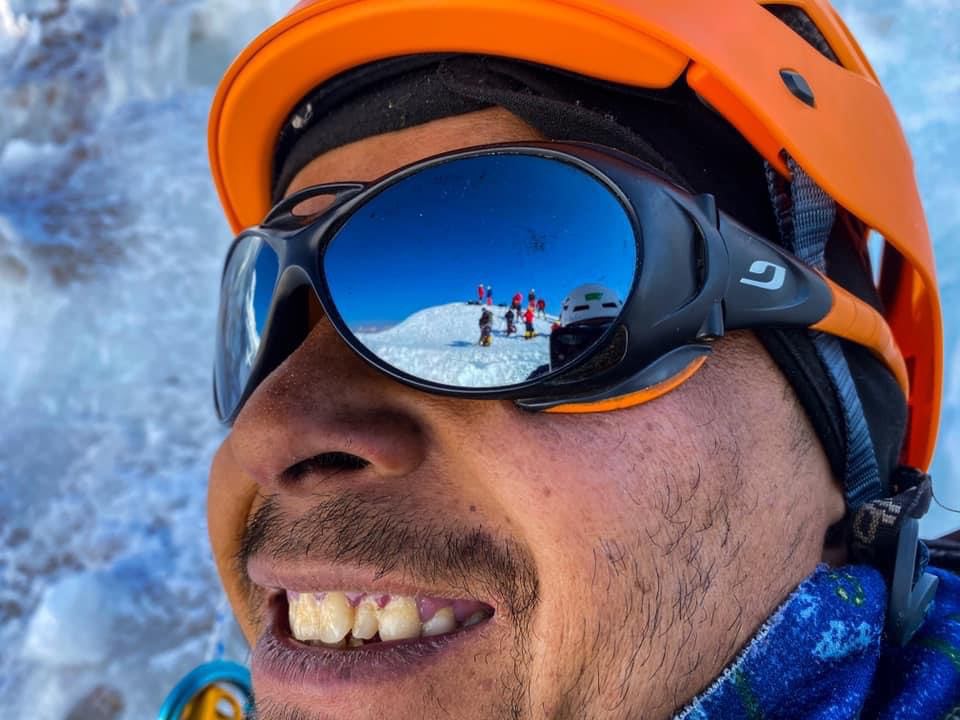
... Summit Teams at C1 and C2...
Our second summit wave, all remaining Teams except our Western Guided Team and one other climber, moved through the Khumbu Icefall today, with some spending the night at Camp 1 before continuing to Camp 2 tomorrow and others heading directly to Camp 2 with a planned rest day tomorrow. The weather is still looking good over the next few days for a solid summit bid.
CTSS's Sherpa team is busily stocking Camp 4 with oxygen and supplies in advance of the climbing team's arrival, we're setting up for a great summit day!
Cheers,
CTSS
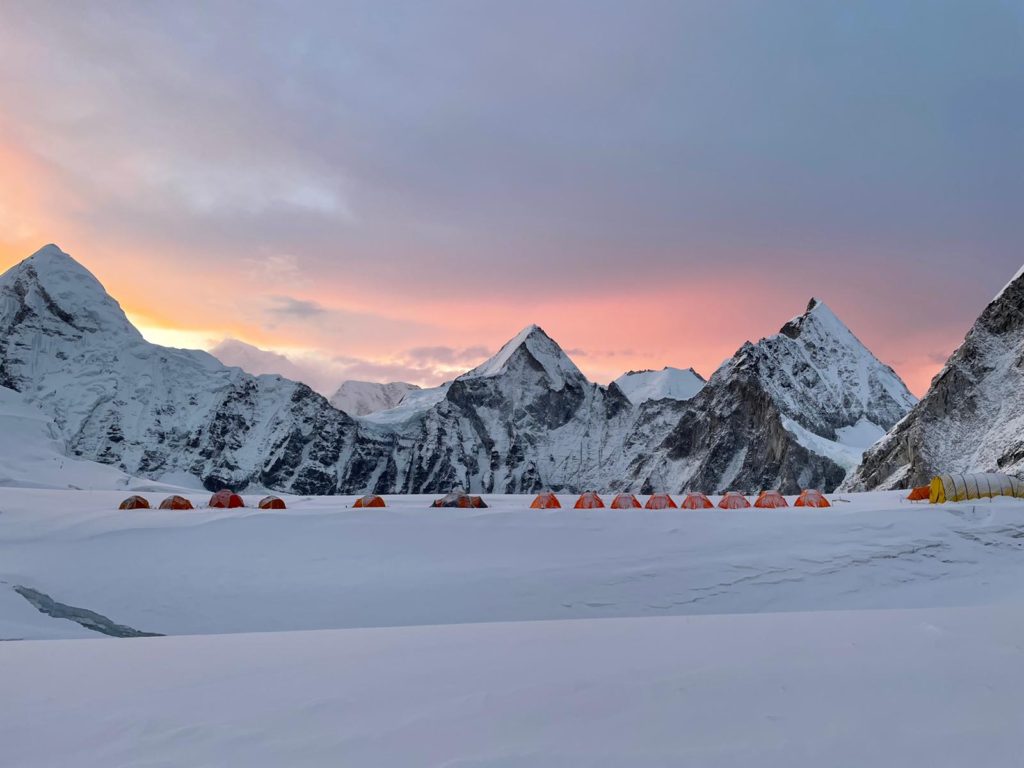
...Weather Window!...
Over the last few days, we've been keeping an eye on the weather forecast, it's looking good!
Our second round of summit climbers, all remaining teams except our Western Guided team and one other climber, are heading out from basecamp in a few hours (early morning, Nepal time) to start their summit rotation. Their plan is to head to C1 today and spend the night there.
Our Western Guided team hiked to the flanks of Pumori yesterday to shake out a bit after a stint at basecamp relaxing and recovering. They'll continue to prepare and be underway for their summit rotation soon.
We're looking forward to good weather and great climbing.
Cheers,
CTSS Team

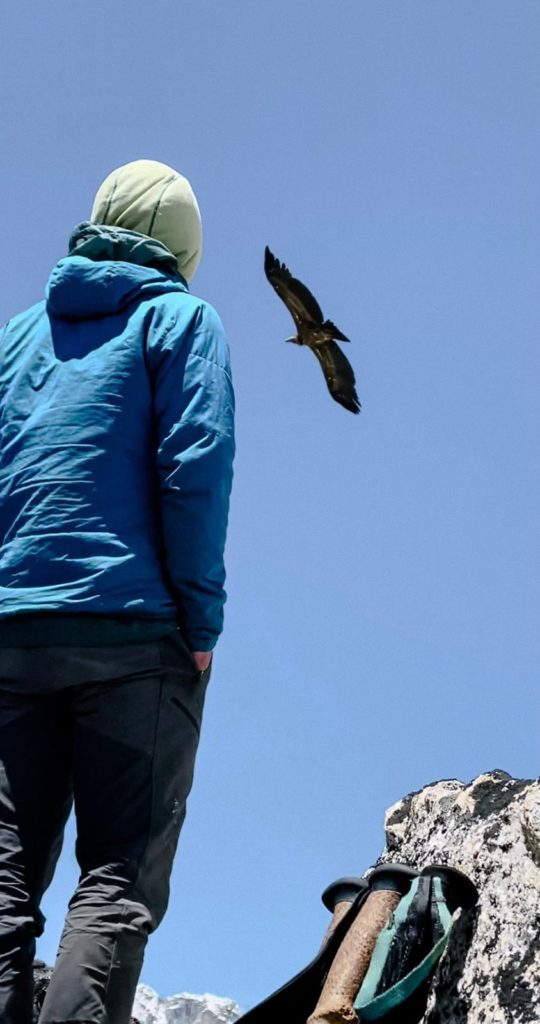
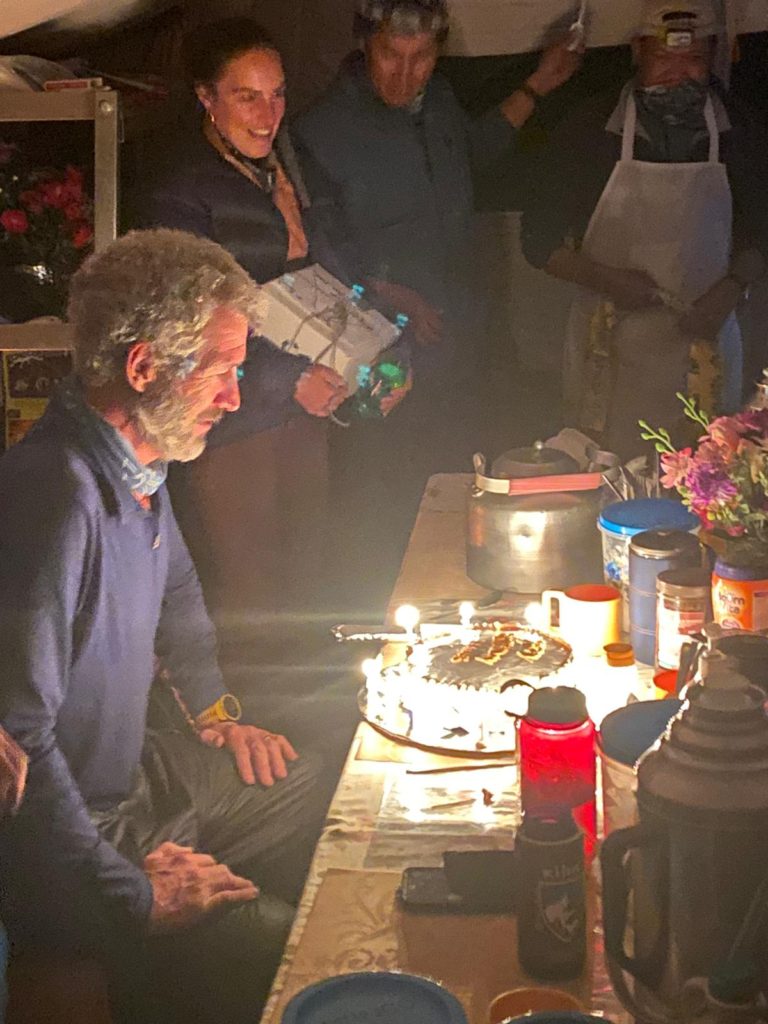
...Safely Back to Camp...
A quick update adding on to the great summit news today - all of our members & staff are safely back to the South Col. They will rest there on oxygen and then descend down to Camp 2 tomorrow.
Two of our climbers, Michael Neal & Steve Stevens even dropped down to Camp 2 and will come back to Base Camp tomorrow.
Plenty to celebrate in the CTSS camp! Congratulations all.
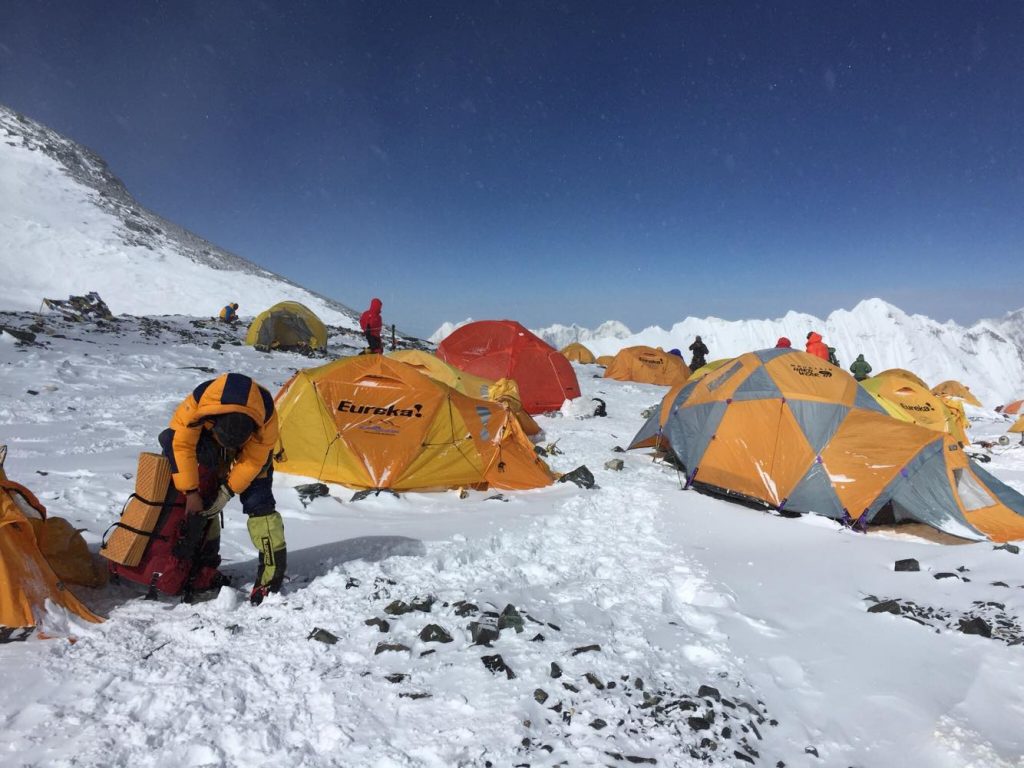
... 100% of Wave 1 on Summit!!!...
8:45 a.m. May 12, 2021 (Kathmandu Time)
They're on top! 7 Members: 10x Staff!
We're excited to announce CTSS climbers Michael Neal, Steve Stephens, April Leonardo, Ryan Argenta, Michael Paterson, Rob Su, and their guides and Sherpa team have successfully summited Mt. Everest!
6am:
CTSS Climber: Michael Neal
CTSS Climber: Steve Stevens
Ang Tsering Sherpa, Thame
Pemba Tashi Sherpa
Pemchhiri Sherpa (Mountain Guide)
Lhakpa Rangdu (Mountain Guide)
7am:
CTSS Climber: David Morgan
Lhakpa Tsering
8:15am:
CTSS Climber: Michael Paterson
CTSS Climber: April Leonardo
CTSS Climber: Ryan Argenta
CTSS Climber: Rob Su
Pemba Gyalje Sherpa
Rinjee Sherpa
Nima Rita Sherpa
Tenji Sherpa (Mountain Guide)
Asusg Gurung (Aspirant)
Good weather and low winds made for a great summit day. All climbers are now either resting at the South Col or on their way down from the Balcony.
Massive congratulations from CTSS to our Summiters! Wishing them all a smooth descent, I know they'll be looking forward to relaxing to enjoy their success soon.
Well done!
Cheers,
CTSS Team
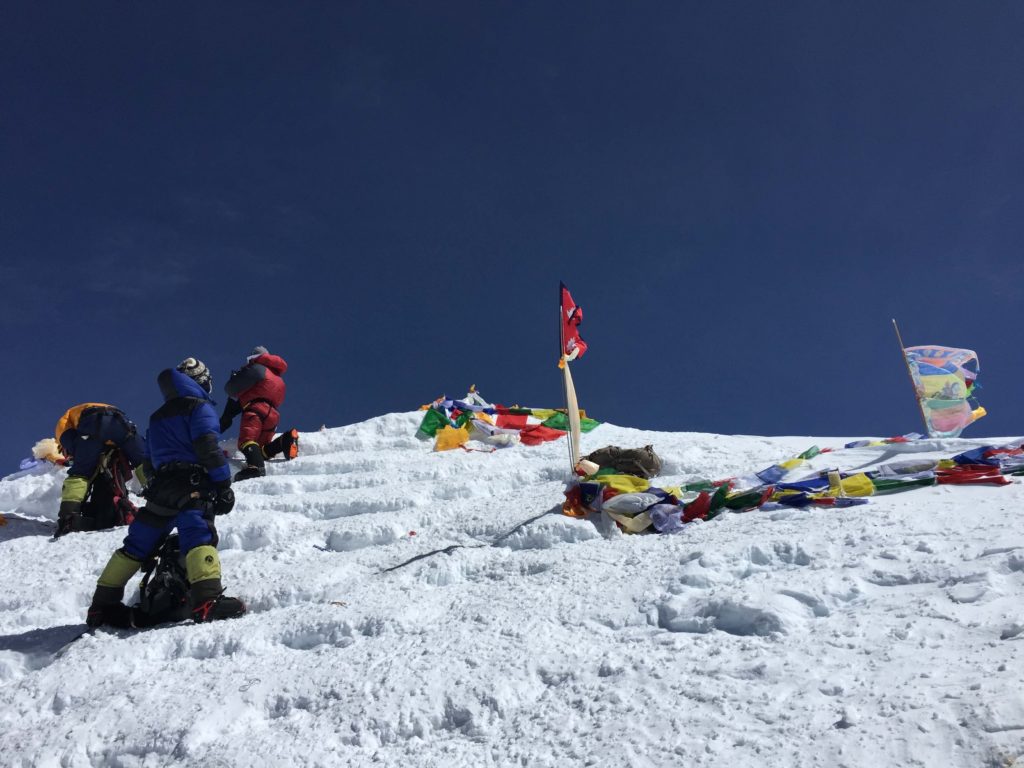
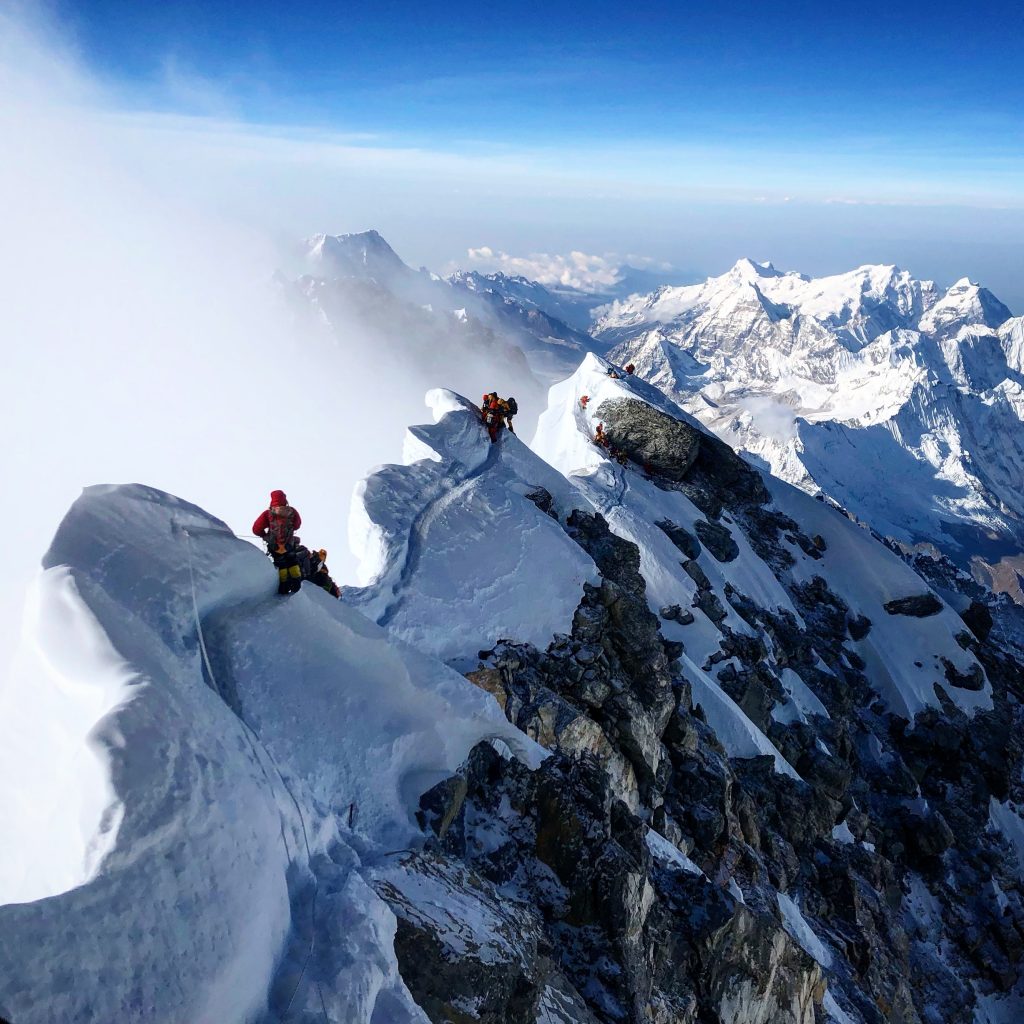
...South Col on the Summit Bid...
Our first wave of summit bid climbers are safely into the South Col and currently resting on oxygen as they prepare to head to the top of the world in just a few hours!
They did really well today and made good time and the weather is holding stable.
The will leave the Col around 8-9pm tonight, climb through the night with the goal of summiting at first light around 4-5am.
The 7 climbers (Michael N, Michael P, Rob S, Steve S, April L & Ryan A) are supported by 13x very strong Sherpa & Sherpa Guides.
Reports are about 70 climbers summited today which is great news as the route will be in good shape with well kicked-in steps for our team.
Good luck team!!
If you would like to see the summit bid broken into stages and what the team are experiencing, check out these videos: https://www.youtube.com/watch?v=KMQKSvMGwGg&list=PLMz_kRmPTvqUjpcgqswdV2RbxOYWU38z6




